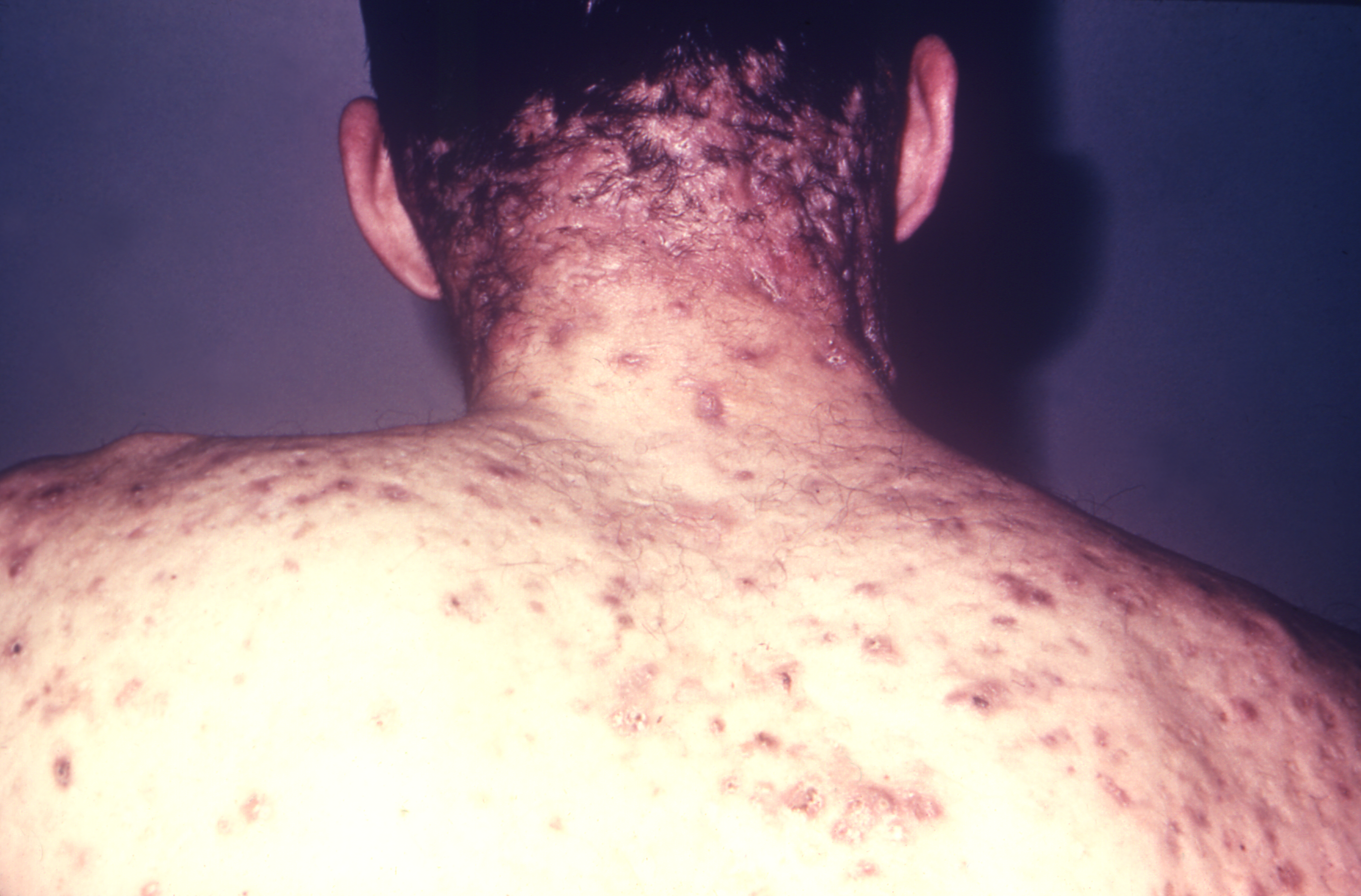- Acne
- Actinic Keratosis
- Aesthetics
- Alopecia
- Atopic Dermatitis
- Buy-and-Bill
- COVID-19
- Case-Based Roundtable
- Chronic Hand Eczema
- Chronic Spontaneous Urticaria
- Drug Watch
- Eczema
- General Dermatology
- Hidradenitis Suppurativa
- Melasma
- NP and PA
- Pediatric Dermatology
- Pigmentary Disorders
- Practice Management
- Precision Medicine and Biologics
- Prurigo Nodularis
- Psoriasis
- Psoriatic Arthritis
- Rare Disease
- Rosacea
- Skin Cancer
- Vitiligo
- Wound Care
Feature
Article
Dermatology Times
Journal Digest: September 8
Author(s):
This week’s collection of the latest dermatologic studies covers the hair regrowth cycle in mice, considering large language models in dermatology, cutaneous leiomyosarcomas subtypes, and the efficacy of tralokinumab in older adults with atopic dermatitis.

Journal of Investigative Dermatology: Studying Hair Growth Cycle and its Effects on Mouse Skin
According to Wang et al, dermatologic studies often use the skin of mice’s backs. In the specific case of studying hair regrowth, mice skin has numerous pelage hair follicles (HFs) and hair regrowth in mice occurs in waves and results in different stages of regrowth across the skin. The goal of Wang et al’s study was to “provide a set of guidelines for designing reliably interpretable murine studies on hair growth and to highlight key experimental caveats to be avoided.” In their review, the authors covered mice hair regrowth in coordinated waves, molecular bases of hair growth waves, age-dependent hair growth changes, common mistakes in hair growth studies, how to design hair cycle experiments, and accounting for hair cycle in nonhair cycle experiments.
British Journal of Dermatology: Leveraging Large Language Models in Dermatology
As artificial intelligence (AI) is increasingly discussed in dermatology and health care overall, some clinicians question how AI and large language models (LLMs) will alter patient experiences. In their article, Matin et al review the use of LLMs in health care as well as rising concerns. “Ethical concerns for LLM use in clinical practice include privacy, particularly around the use of personal identifiable information involving human subjects. LLM training and testing needs to address the issue of cognitive biases, and the risk of perpetuating any bias present in training datasets used to develop LLMs,” the authors wrote. Matin et al concluded by stressing the importance of physician and patient involvement in the development, evaluation, and deployment of LLMs.
Clinical and Experimental Dermatology: Cutaneous Leiomyosarcoma: A Retrospective Review of 45 Cases
In their review, Khan et al discussed the 2 subtypes of primary cutaneous leiomyosarcomas (LMS): dermal and subcutaneous, and the need for an aggressive approach to treatment when these tumors occur deeper in the skin. According to the authors, “Few studies have comprehensively reported both clinical surgical and histological excision margins.” After their review of 45 cases that recorded peripheral and deep histological margins, the authors recommend a clinical margin of 5 to 10 mm at the initial excision or at scar re-excision following involved/close histological peripheral and/or deep margins for dermal LMS, and a clinical margin of 15 to 20 mm to achieve a peripheral histological clearance of 10 mm and negative deep margin(ie > 1 mm) down to periosteum/fascia/muscle according to anatomical site for subcutaneous LMS.
JAMA Dermatology: Safety and Efficacy of Tralokinumab in Older Adults With Moderate-to-Severe Atopic DermatitisA Secondary Analysis
Tralokinumab was found to be safe, well-tolerated, and effective in older adult patients with moderate-to-severe atopic dermatitis, according to a study published by Merola et al. The study authors completed a secondary analysis of the 3 phase 3 clinical trials, ECZTRA 1, 2, and 3 to better understand whether tralokinumab was tolerated among patients aged 65 and older who face unique challenges, including comorbidities, polypharmacy, and higher risk of infections. According to the authors, older adult patients with atopic dermatitis experience a greater disease burden but are underrepresented in clinical trials. The proportions of older adult patients who achieved EASI-75 and IGA 0/1 in ECZTRA 1, 2, and 3 at week 16 were greater in the tralokinumab group than in the placebo group.
Click here for full coverage of this tralokinumab study.
What new studies are most important to you? Share with us by emailing our team at DTEditor@mmhgroup.com.

Newsletter
Like what you’re reading? Subscribe to Dermatology Times for weekly updates on therapies, innovations, and real-world practice tips.


























